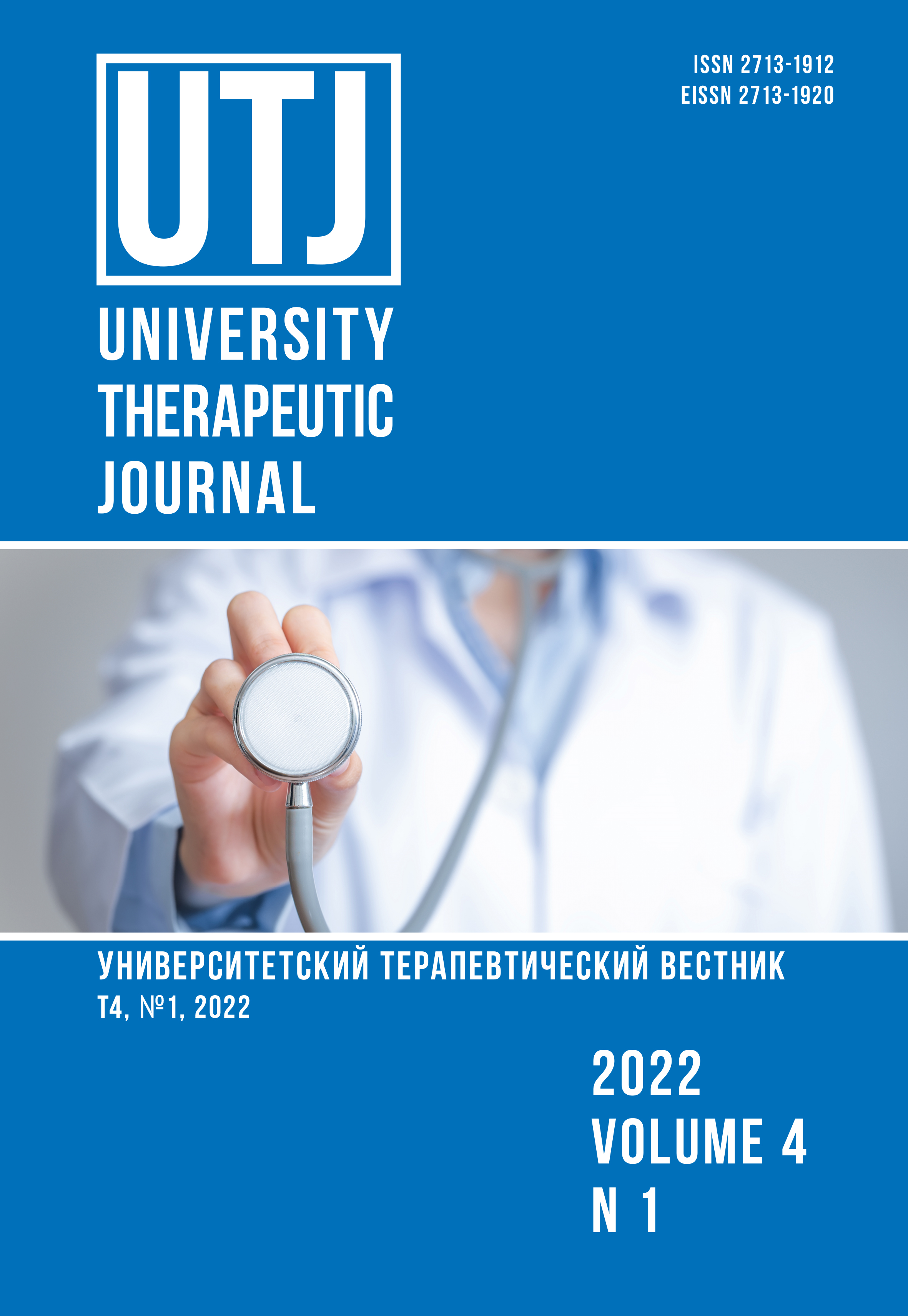NON-ALCOHOLIC FATTY LIVER DEGENERATION IN PEOPLE OF DIFFERENT AGE GROUPS: A MODERN VIEW OF THE PROBLEM
Abstract
Fatty liver degeneration or non -alcoholic fatty liver disease is a hot topic in gastroenterological practice, since it can form in patients of all age groups and progress rapidly. Non -alcoholic fatty liver degeneration occurs when 5 % or more body fat is present in the liver cells. The development and progression of non -alcoholic fatty liver disease is due to such pathophysiological mechanisms as inflammation, oxidative stress, and insulin resistance. Clinical forms of non -alcoholic fatty liver degeneration are steatosis, steatohepatitis, fibrosis, liver cirrhosis, and hepatocellular carcinoma. According to many authors, fatty liver disease occurs more often in people of older age groups, but occurs in children and adolescents. The term “non -alcoholic fatty liver disease” (NAFLD) was coined in 1980 to characterize a disease similar to alcoholic fatty liver disease that developed in patients without a history of excessive alcohol use. In 2021, an expert consensus statement was published, proposing a new concept - metabolically associated fatty liver disease (MAFLD), for personalizing treatment and diagnostic measures in patients with various metabolic risk factors, as well as in cases where it is necessary to establish a different, not a “metabolic” etiology of steatosis and steatohepatitis. Today, MAFLD is recognized as a widespread disease, affecting one in four people in the world, and is the leading cause of chronic liver disease in the United States and Europe.


